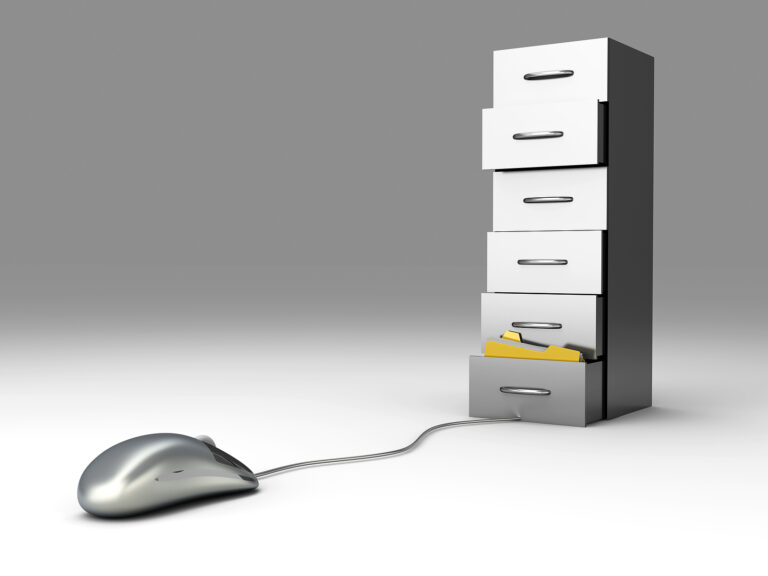A word processor is one of the four main pieces of software that an IT service provider will install first onto any computer used for business, alongside the operating system itself, a spreadsheet and a web browser.
It is a ubiquitous part of the computer experience and has been for as long as computers have been used at all, even predating the term we used to describe them.
Defining the first word processor is difficult because there are in effect two answers. One predates the widespread use of computers in offices. The other predates computers entirely.
The first word processor of any kind was arguably the Friden Flexowriter, an electric typewriter that had the unique ability to automatically type out letters using a system similar to an upright piano.
Whilst it was far from intuitive, it could be used to write form letters and use a system that resembled mail merge. Somewhat famously, a model of the Flexowriter known as The Presidential was used by the White House during the Second World War.
Despite having its origins in the 1920s, it was surprisingly forward-thinking and found a prominent place in early offices before computers became a standard part of the office environment.
They could be used to write authentic form letters, to the point that they could be paired with an autopen machine to create an authentic-looking signature.
Systems such as this and the later IBM Selectric Typewriter would prove the inspiration for what would be the first-ever word processor program.
Rather humorously known as Expensive Typewriter due to being programmed for the infamously huge PDP-1 supercomputer, Steve Piner and L. Peter Deutsch’s early word processor could drive a letter-quality printer.
Whilst its functionality was rudimentary compared to the advanced feature set Microsoft Word has today, it proved the principle that a computer could be used to type and print documents, something that would make it an indispensable piece of office equipment.

